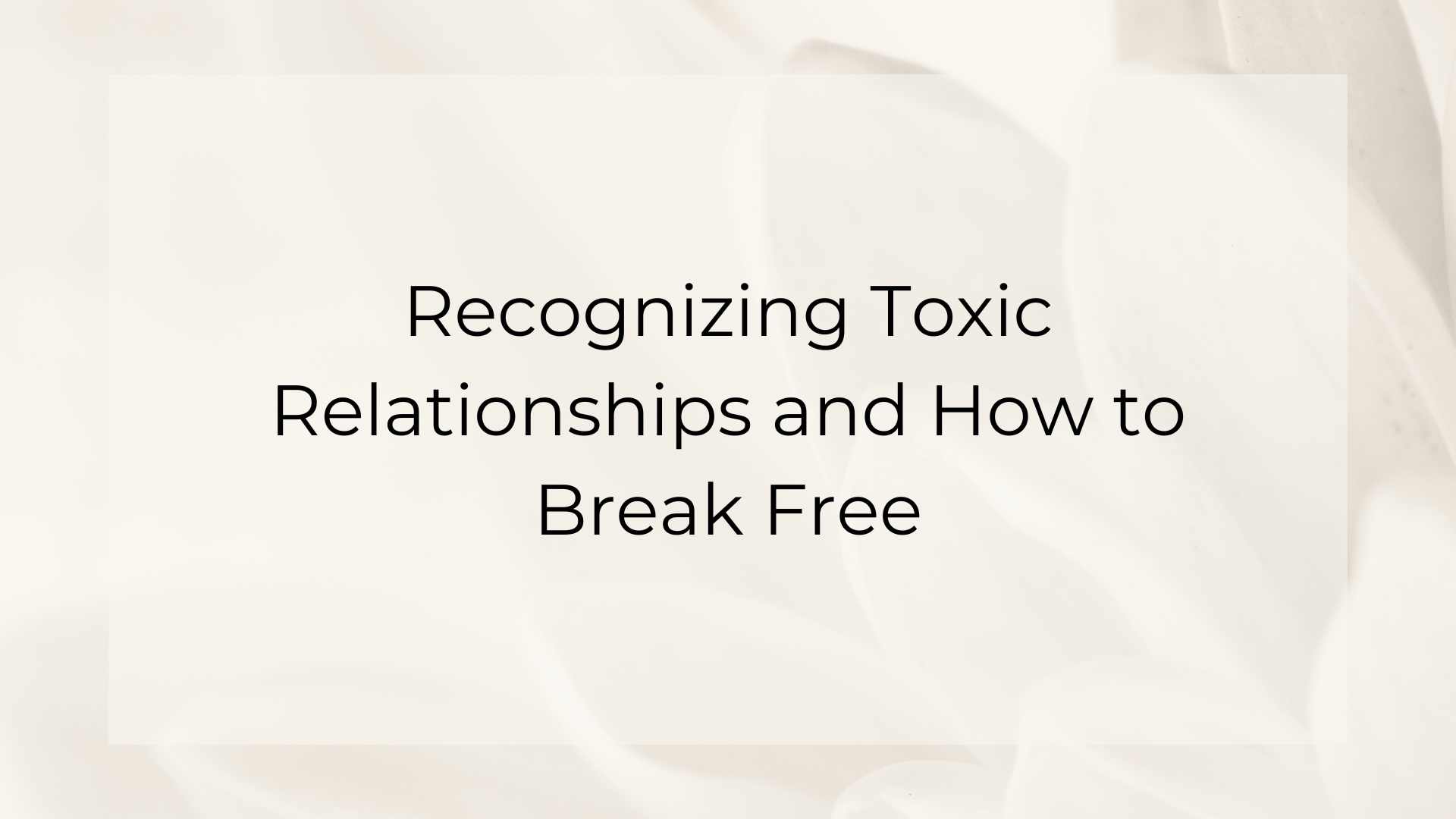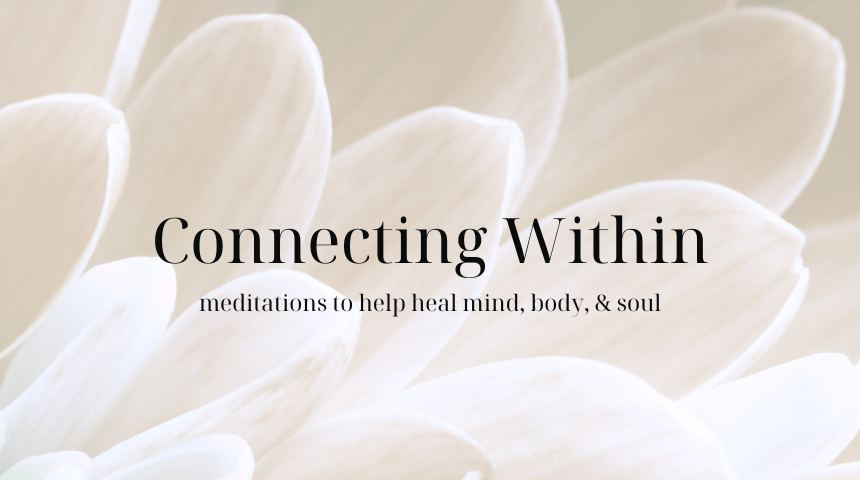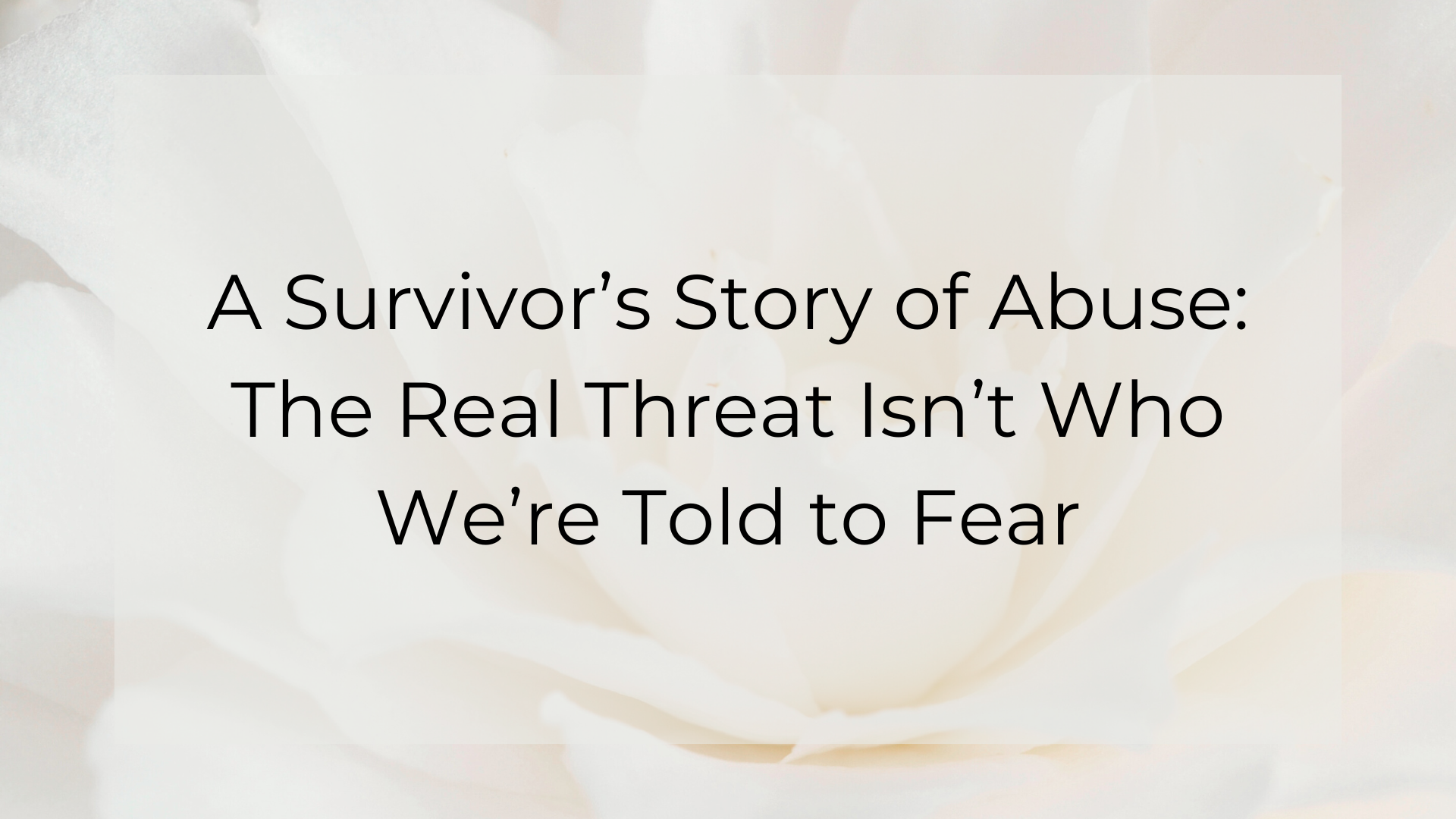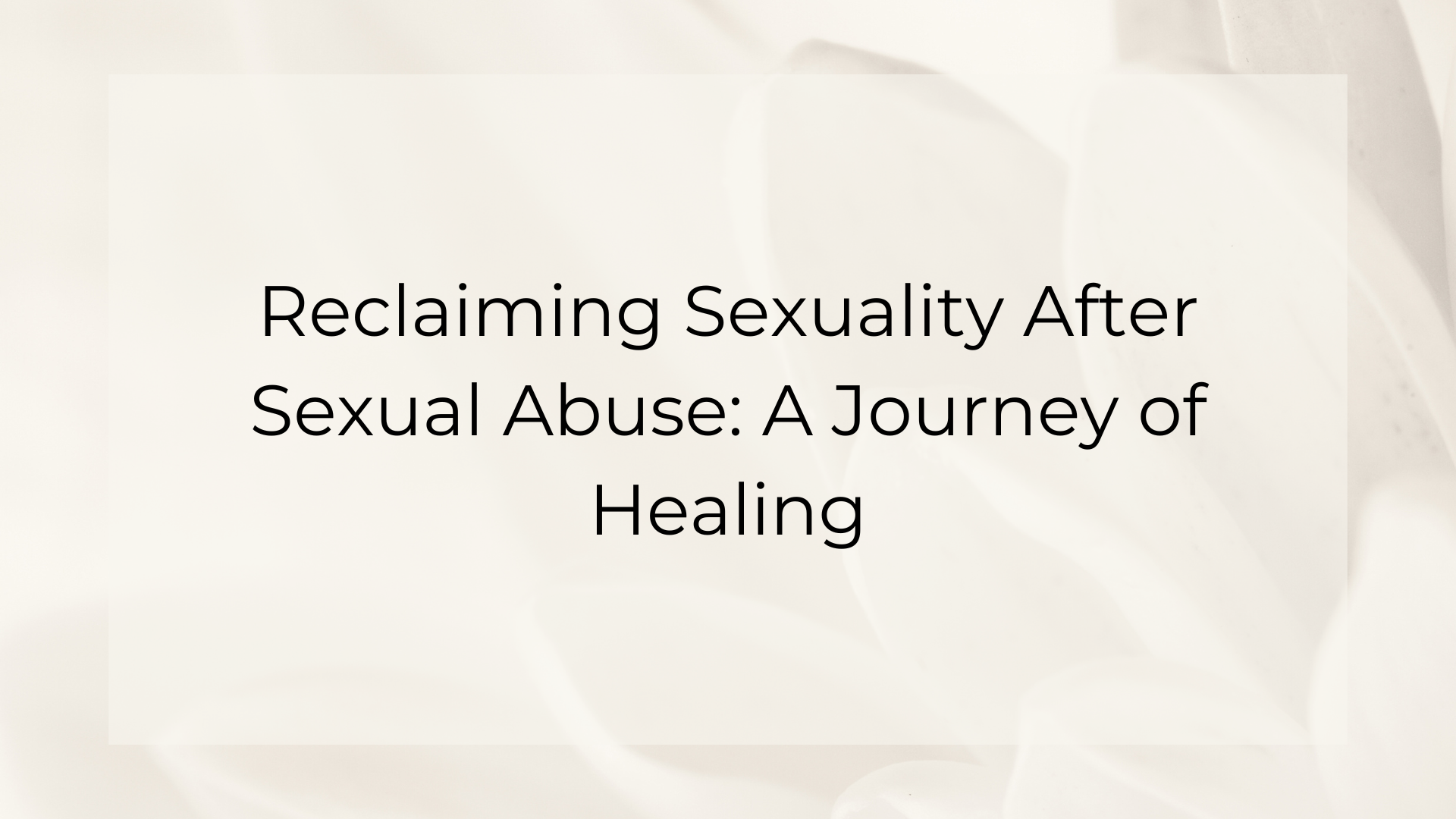Toxic relationships can be emotionally exhausting and leave you questioning your worth. One of the most confusing aspects of these relationships is how manipulation can make you feel like you’re always at fault. A common tactic used by those in toxic relationships is shifting blame.
But here’s the truth: You are not responsible for someone else’s toxic behavior. Recognizing this fact is the first step toward healing and protecting yourself.
Signs of Toxic Relationships
In a toxic relationship, manipulation can look like deflecting blame, denying accountability, and making you feel guilty for things that aren’t your fault. These dynamics often leave you feeling unsure of yourself, second-guessing your actions, and even apologizing for things that weren’t your doing.
It’s vital to recognize these patterns as red flags. When someone consistently refuses to take responsibility for their actions, it can create an unhealthy, one-sided relationship. This dynamic can affect your mental health and make it harder to set boundaries.
How to Protect Yourself from Toxic Relationships
If you’re stuck in a toxic relationship, it’s essential to take a step back and prioritize your well-being. Start by recognizing the toxic patterns and allowing yourself to step back and take care of yourself. You deserve respect, empathy, and understanding.
Healing from toxic relationships starts with setting clear boundaries and refusing to tolerate behavior that harms you. It’s okay to walk away, even if someone tries to guilt-trip you. Trust yourself and your feelings, they are valid, and your emotional health matters.
Setting Healthy Boundaries
One of the most powerful tools in protecting yourself is setting healthy boundaries. This can be challenging, especially if you’ve been in a toxic relationship for a long time, but it’s a necessary step in reclaiming your power. Remember, boundaries are about protecting your emotional space and ensuring that you’re not compromising your well-being for someone else’s comfort.
If you’re not sure where to start, I created a free mini course on boundaries to help you take those first steps with more clarity and confidence. Click HERE to start your journey.
The Path to Healing
Healing from a toxic relationship isn’t an overnight process, but by recognizing the toxicity, setting boundaries, and prioritizing self-care, you’ll begin to feel more empowered and in control. Surround yourself with people who support your growth and well-being. Seek professional support if needed, and allow yourself the time and space to heal.
Toxic relationships don’t have to define your future. Recognizing the manipulation and breaking free from it is a brave and empowering step toward healing. You are deserving of love and respect, never forget that.
For more on this topic, check out this video:
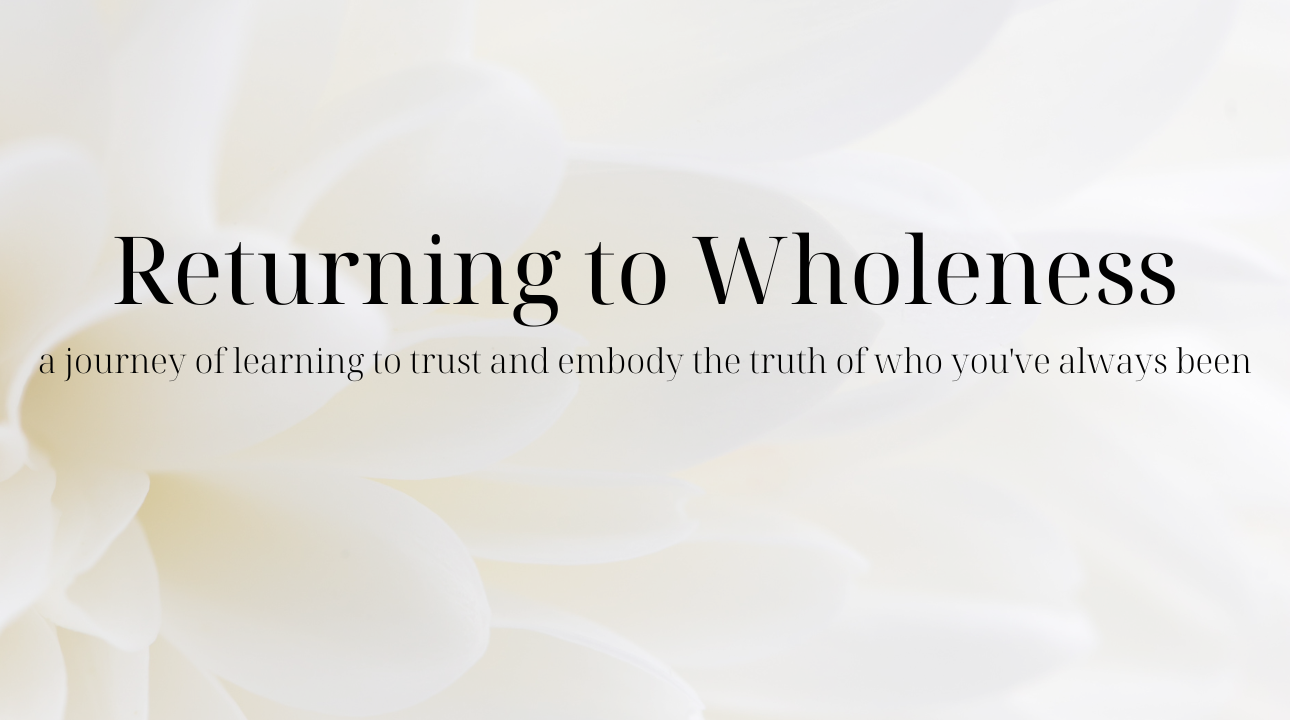
Returning to Wholeness Journal Course
A journey for survivors of childhood trauma of learning to trust and embody the TRUTH of who you’ve always been.
Learn more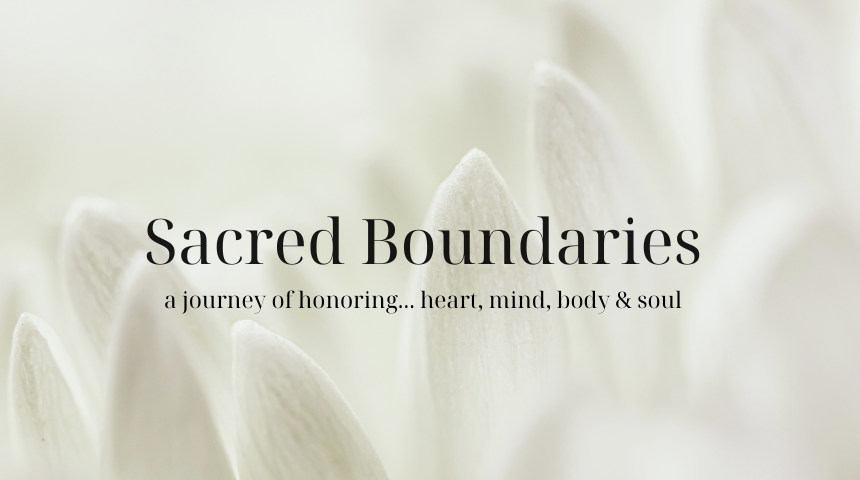
Sacred Boundaries
A journey of honoring heart, mind, body & soul. Boundaries are hard. This course will help you recognize what you need and how to move through the obstacles keeping you from implementing it.
Learn more
